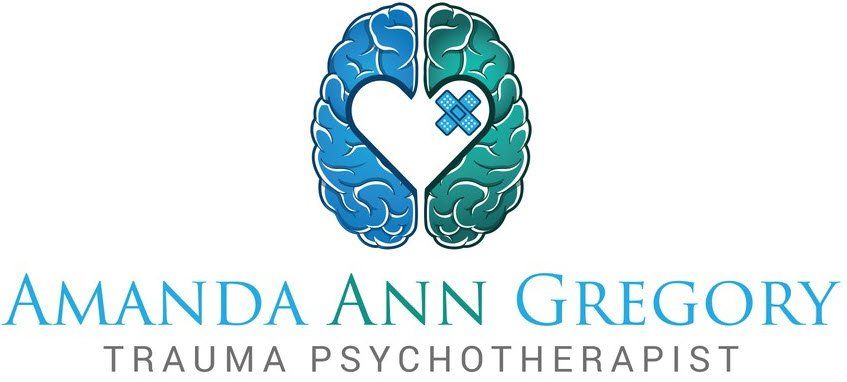Neuroplasticity and Trauma Healing
Amanda Ann Gregory, LCPC
Neuroplasticity is one of the reasons I became a trauma psychotherapist. The brain’s amazing ability to transform and heal itself gives me hope that any trauma, no matter how entrenched in the brain, can be processed, integrated, and healed.
What is neuroplasticity?
Britannica defines neuroplasticity as a “capacity of neurons and neural networks in the brain to change their connections and behavior in response to new information, sensory stimulation, development, damage, or dysfunction.” In short, there are parts of your brain that can change and adapt, a fact that wasn’t always known.
Scientists once believed that, at a certain point in your life, your brain would become hard-wired and unchangeable. In addition, if something occurred that impacted your brain at a young age (such as trauma), it could not be rewired as an adult. Imagine that a child is raised in an abusive and/or neglectful household where they learn that they are not “good enough.” The child grows up and has experiences with others outside of the home which prove that they are not only “good enough,” but they are also worthy and valued. This adult may begin to believe that they are “good enough” and realize that the messages they received in their childhood were inaccurate. The adult’s brain is able to adapt to new circumstances and information, and this is neuroplasticity.
Your brain can change and adapt at any age. Something that you learned in childhood can be reactivated or reintegrated when you are in your 50s. A lesson that you learned at age 45 can be either reaffirmed or modified at age 62. Your brain is labile and adaptive.
What is trauma?
In order to understand neuroplasticity’s impact upon trauma healing, you first need to understand the clinical definition of trauma. Simply put, trauma is not one event or a cluster of experiences, but is a person’s individualized injuries over time as a result of an event or cluster of experiences. There are many people who have experiences that some would consider traumatic, but these people have not necessarily experienced trauma. For example, you could have a near death experience and yet feel well-adjusted after an initial period of shock. However, someone else can have a similar near-death experience yet suffer from physical and/or psychological injuries over an extended period of time. These injuries could include, but are not limited to, the following:
● Delayed cognitive, physical, and emotional development.
● Insomnia, hypersomnia, sleep difficulties.
● Physical illnesses, chronic pain.
● Difficulties attaching to, trusting, or feeling safe with others.
● Inability to regulate emotions.
● Low self-worth.
● Anxiety, panic, depression, anger, confusion, lack of concentration.
● Dissociation or depersonalization.
● Flashbacks, nightmares, intrusive thoughts.
Neuroplasticity and Trauma Healing
Scientists once believed that healing trauma is difficult if not impossible, as trauma rewires your brain in ways that cannot be changed. Neuroplasticity, however, shows us that this is not true. Human brains that have been rewired as a result of trauma can be rewired again as a result of healing or therapeutic experiences. Here are some real-life examples that demonstrate the healing power of neuroplasticity:
● Mary experienced childhood emotional neglect, and as a result she struggled to build relationships as an adult. However, Mary adopted a dog and was able to develop an attachment to this dog, which eventually changed her brain. Over time, Mary was able to attach to human friends and a romantic partner.
● Mark was in a plane crash and since then he has been unable to fly due to experiencing panic attacks. Mark participated in EMDR (Eye Movement Desensitization and Reprocessing) therapy and forced himself to take steps to fly. Eventually, Mark was able to board a plane.
Get your Free eBook: 25 Anxiety & Trauma Coping Hacks
Amanda Ann Gregory is a trauma psychotherapist, national speaker, and author who provides specialized speaking engagements for conferences, companies, and communities. Schedule a speaking engagement and follow on Instagram, Facebook, or YouTube.
Rugnetta, M. Neuroplasticity. Britannica. https://www.britannica.com/science/neuroplasticity

All Rights Reserved | Amanda Ann Gregory, LCPC
Design & Consultation by Teresa Lauer, LMHC, GrowYourTherapyPractice.com *

